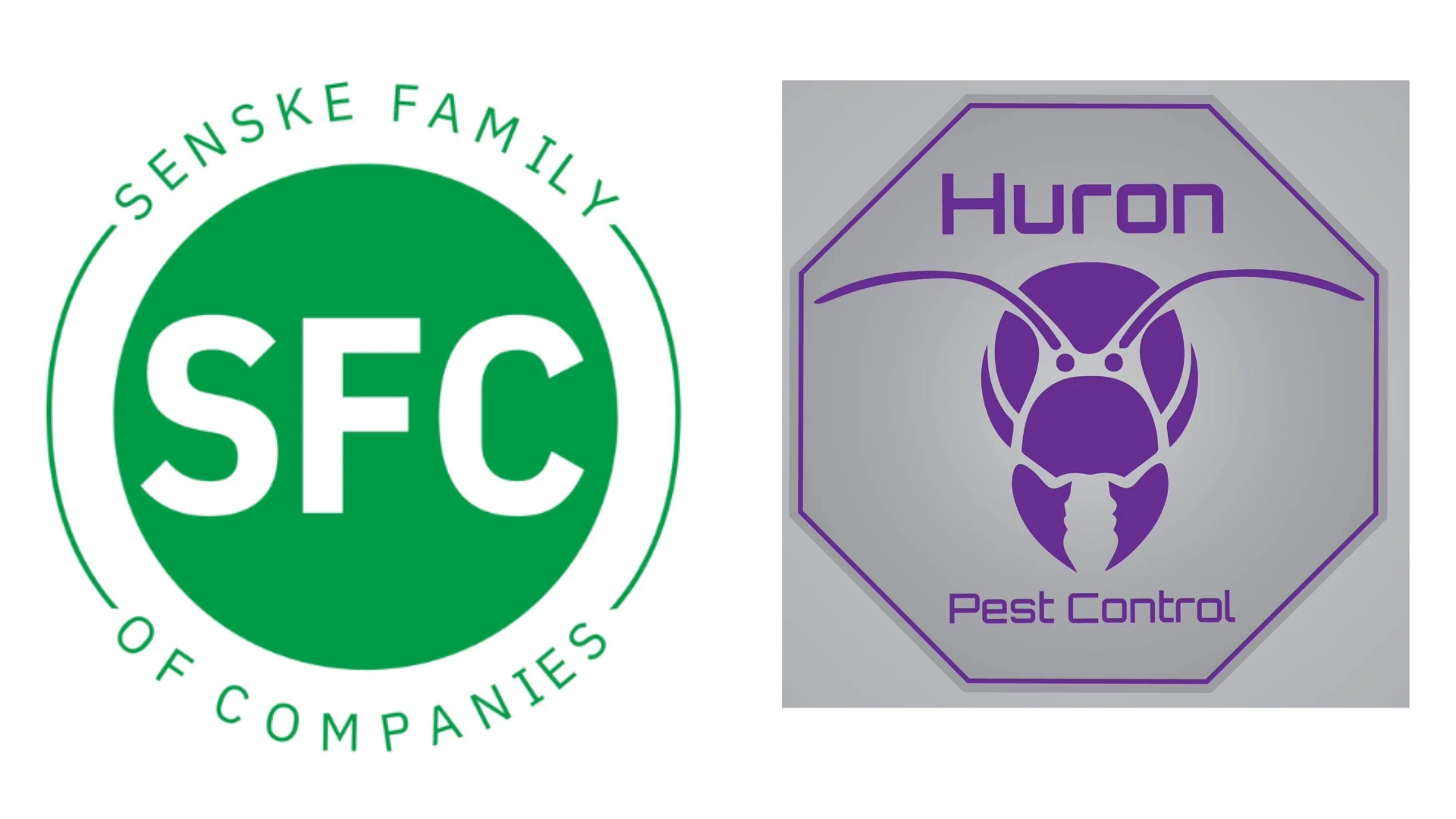With some states mandating so many hours of initial on-the-job training (as well as classroom training), on-the-job training continues to be the top training method across the industry. Almost 88 percent of respondents to PCT’s survey listed OJT as the method of training most often used to educate service technicians.
But the preference for hands-on training is not just a matter of fulfilling requirements. Rather, it is seen as the best way to learn in an industry based on practical application. “The best method of training is hands-on work experience,” said Topeka-based Schendel Pest Control President Brent Boles. “I think you can learn in a classroom, but until you have to apply what you learn, it really won’t matter.”
It is the classroom training, the ongoing certification requirements and the additional company-required education that is seeing more variety in methods, with companies fairly evenly split as to preferred techniques (respondents could choose more than one answer):
- 48 percent use primarily distributor training
- 46 percent use on-site training sessions
- 46 percent conduct traditional schoolroom training
- 30 percent participate in Internet training.
PCOs view distributor training as valuable and use it for initial (as well as ongoing) training. In fact, 44 percent of those who purchase branded products do so because of the technical support and product stewardship provided by the manufacturers, according to PCT’s survey.
Schendel is evaluating product usage for 2008, Boles said, and the criteria being used are efficacy and “company involvement in helping us become better in training and helping us solve problems,” he said. “We consider them really as partners.”
Schendel provides ongoing education through annual, quarterly and monthly training, for which Training Director Joel Perez-Mendoza is primarily responsible, but which also incorporate distributor training, Copesan University electronic courses and industry publication articles.
David Schlessinger, co-owner, Five Star Pest Management, Jacksonville, Fla., also participates in manufacturer training but says that participants do need to filter the information. “Be careful to filter out what’s the commercial and what’s the technical that’s going to help you out,” he said. “There’s nothing wrong with marketing, but you just have to be careful to filter it.
While in-person training, whether on-site or in a traditional classroom setting, may never quite equal hands-on experience, personal anecdotes and “war stories” can help simulate on-the-job situations and make learning more fun, said Univar E-Content Manager Jeff Smith. “Yes, you’re telling me, but why do I care?” Smith said a seminar participant may often be thinking. “So personal experience really helps to drive a point home.”
Schlessinger, also a trainer for the Certified Pest Control Operators of Florida, agrees with the concept. “You can’t make somebody learn. If you don’t do it in a way that they want to learn, it’s just not going to happen.”
ONLINE TRAINING. Univar and Copesan University are the industry’s two primary online training sources, and both are seeing increases in usage as well as adding new offerings to their programs.
“It’s just a great opportunity. It opens new doors for people to be able to sit at a desk on their own time,” Smith said. Univar’s Pestweb (www.pestweb.com) offers 45 one-hour courses, providing as much variety as possible to meet continuing education (CEU) requirements and fulfill industry requests, Smith said, adding that course popularity varies by area and with trends. In California, classes that focus on rules and regulations are “by far the most popular,” and bed bug courses have picked up in participation since the re-emergence of the pest in the United States.
Usage of online courses as a whole is definitely growing, he added. “It increases every year, and it increases quite a bit.”
Schlessinger said online training is increasing because, “Verifiable training is becoming more the norm.” Thus, there is a trend to earn more CEUs online. In addition, the advantage of not having to travel to specific locations, particularly for those certified in various states, can be a huge benefit.
“Technically speaking, online learning has more options or tools than ever before,” said Copesan E-Learning Manager Susan Amore. “The challenge today is in identifying those one, two or three that work best in your situation and focusing on them.” For example, she said, she is looking at ideas for PDAs, which many technicians have. Could these be used to upload shorter versions or summaries of key courses or protocols so the technicians “have them at their fingertips”? she asks. “The reality is our technicians have a lot of information to retain and no matter how good the training, the need for some sort of on-the-job reference is going to be necessary.”
With the variety of courses and availability offered through Copesan University online (www.pctonline.com/copesan), Amore sees course usage vary by need. “That depends greatly on whether the course is part of a mandatory certification,” she said. With some courses or certification required before a technician can begin to service particular accounts, participation runs at almost 100 percent, she said; industry-related courses generally have lower participation rates.
Schendel, a Copesan partner, requires all technicians to take a minimum of six online courses each year. The company also holds two five-day orientation classes annually, in which classroom-set courses incorporate the Internet training courses in a team-based methodology.
Although some regulatory agencies do not allow electronic training for certification, they are beginning to see the benefits and take this method into consideration, Smith said. The question is often how it can be proven that the person taking the test online is the person getting the certification, he explained. But the same could be said for classroom training. “How can you prove who is sitting in a chair?” he asked. “If someone wants to cheat, they will find a way.”
Electronic identification may not be absolutely proven, but, Smith said, “we have safeguards that make it 99 percent,” such as unique user IDs and passwords; a program to make sure the user spends the full time online and is active; and certifications of completion that cannot be electronically altered.
With all the training options available today and the increased focus, Boles sees a great deal of improvement. “The whole level of training has gone up in the past decade,” he said. “Very talented people are leading technical departments.” The result is training that used to be only in the realm of large companies is now becoming standard across the industry.
“Overall, there is more emphasis now on training to solve bigger issues by tying in closer to the company’s objectives,” Amore said, adding that years ago, the focus was on task-based training. “Today, we teach now to implement a strategy; how to apply core values through specific functional training.”
And whether this training is being conducted in the field, in the classroom or on a computer, the key to information absorption is keeping it interesting. And this is particularly true for adult learners, Smith said. “It’s really hard to learn if you can’t stay awake.”
Principles of Adult Learning
In a document titled “Principles of Adult Learning” (1991), Stephen Lieb, Senior Technical Writer and Planner for the Arizona Department of Health Services, identifies six characteristics of adult as impactful on learning. Adults, he said...
...are autonomous and self-directed. Needing to be free to direct themselves, adults should be actively involved in the learning process, with instructors acting as facilitators “guiding participants to their own knowledge rather than supplying them with facts.”
...are goal-oriented. Participants generally know what their goal is for a class when they enroll, thus classroom information should be relevant and be connected to attainment of this goal.
...have life experience and knowledge to which they need to be able to connect the new learning. Interactive learning that draws on the participant’s experience and knowledge should accompany theories and concepts presented by the instructor.
...are relevancy-oriented. They need a reason for learning, and the information, as well as associated theories and concepts, must be applicable to their work or other responsibilities.
...are practical. They are less interested in knowledge for its own sake, thus will focus on the aspects of the class that are most useful to them personally. This relevancy should be explained and detailed.
...require respect. Their experience and knowledge should be recognized, and their opinions allowed to be freely expressed.
WANT MORE?
Enter your email to receive our newsletters.

Explore the October 2007 Issue
Check out more from this issue and find your next story to read.
Latest from Pest Control Technology
- How Did This Pest Get Its Name?
- Rose Pest Solutions Honors Top Performers with Annual Chief’s Club Awards
- Doug Foster on Termite Control Equipment, Resources
- Pest Control Consultants Acquires EcoGuard Pest Control
- Pest Index Increased 9 Percent YOY in February
- PPMA Releases 2024 Annual Report Themed 'Leveling Up Awareness, Growth and Impact'
- Good News Pest Control Acquires Walsh Pest Control
- Aruza Pest Control Appoints Justin Bellet as Chief Operating Officer





